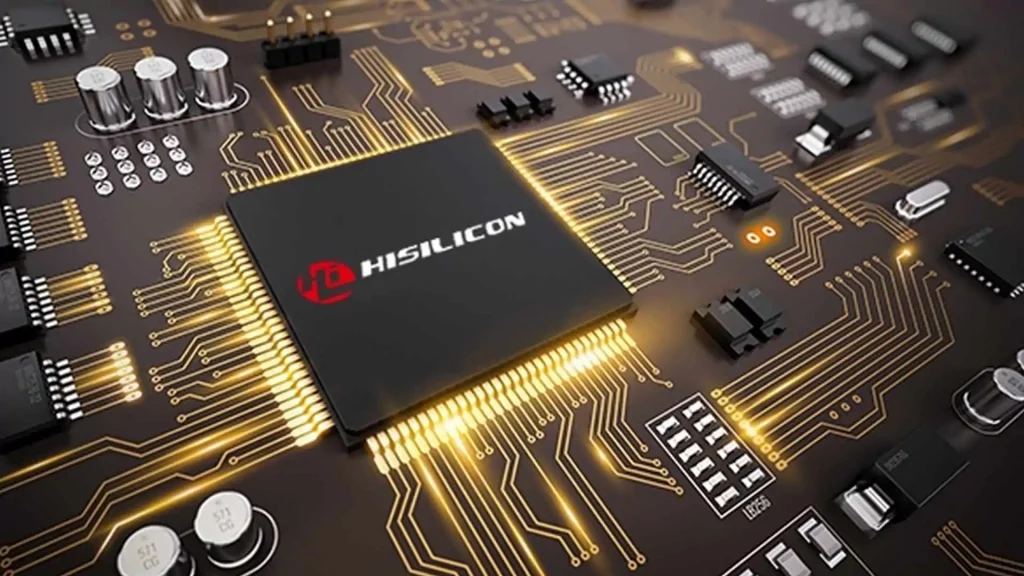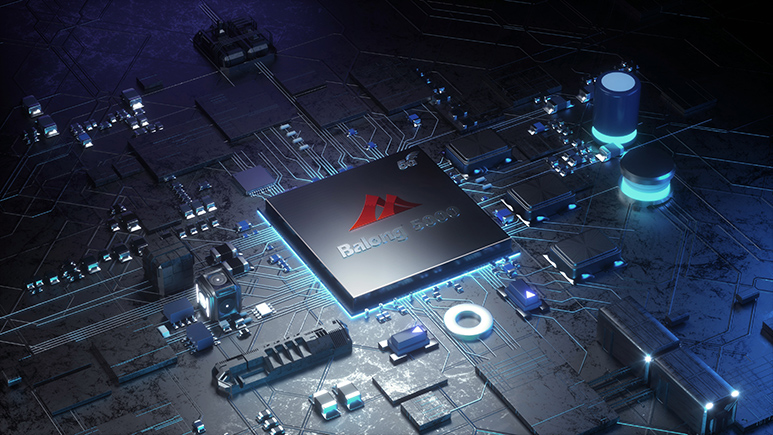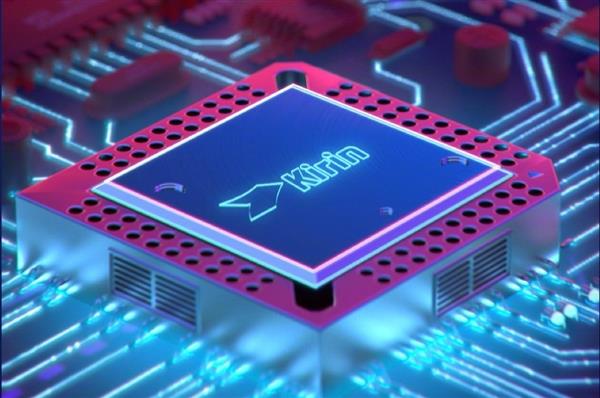Huawei is said to be collaborating with SMIC to develop a semiconductor manufacturing facility in mainland China that will serve Huawei’s needs completely or virtually exclusively, allowing it to sidestep the impact of US restrictions that have severely constrained Huawei’s access to critical chip technologies. According to sources from Huawei Central and UDN, Huawei plans to spend up to $10 billion on the fab.
The new fab is expected to be built near Shenzhen and will be utilized to produce Huawei’s HiSilicon chips, probably using SMIC-developed process methods. Based on Huawei’s $10 billion investment, we can assume that this will be a fairly advanced 300mm fab, capable of 28nm at the very least (though we would speculate that Huawei is probably looking at 14nm FinFET capabilities). Unfortunately, there is no accurate information available on the fab’s process technology.
SMIC’s most advanced fabrication method at the moment is N+1, which is thought to be a low-cost 7nm-like node. Meanwhile, SMIC’s 14nm node is its most advanced manufacturing technology for high volume manufacture (HVM). HiSilicon can create cutting-edge system-on-chips (SoCs) for TSMC’s N5-series nodes, but it also has a large number of SoCs for legacy processes, so the fab will be busy.
Huawei is one of China’s largest semiconductor users, and it also has its chip design division (HiSilicon). However, because Huawei is on the US government’s blacklist, it is having trouble acquiring chip production capacity for HiSilicon processors, which it uses in tens of millions of products. For any contract with Huawei utilizing an American technology, foundries must currently get a license from the US Department of Commerce (which means 99.9 percent of them).
HiSilicon was created in 1991 and has developed hundreds, if not thousands, of SoCs, CPUs, modems, controllers, and accelerators for its owner’s various needs over the last 30 years. Given HiSilicon’s extensive product line, it has a wide range of process technology requirements, therefore the new fab will need to provide a large number of nodes, as well as possibly some advanced packaging capabilities (we’re guessing).
One of the ways Huawei plans to secure a stable supply of HiSilicon chips is to construct its semiconductor manufacturing facility that will serve its needs solely or almost exclusively. It turns out that it has figured out how to get the chips it requires: it will build a dedicated fab. However, there are currently more questions than answers.
The deal’s structure is currently unknown. The fab might be owned by Huawei, with SMIC licensing its process innovations and lending some experts and personnel. It may, on the other hand, be co-owned by Huawei and SMIC but operated by SMIC, inheriting its nodes and people.
SMIC’s traditional business strategy (construct a fab in a joint venture with local governments, then operate it) suggests that the fab will be managed by China’s largest foundry. Huawei will still have a majority or co-owning stake in the factory. Here’s an example of what that could look like.
Assume Huawei owns the fab 100 percent through a subsidiary (which means that Huawei is set to adopt an integrated device manufacturer [IDM] business model). That is the situation. It may be difficult for the company to secure production tools and then maintain a consistent supply of components and consumables in that circumstance. The US government has made it plain that Huawei’s access to as much advanced technology as possible will be limited.
Huawei is one of the world’s most valuable high-tech businesses, so investing $10 billion for a fab isn’t a problem for the company. However, constructing it and then ensuring that it runs properly is a whole separate task.
Despite Huawei’s size, establishing process innovations will take years (assuming that Huawei has appropriate scientists and engineers). However, because SMIC is involved, Huawei may be able to license manufacturing procedures from its partner; however, because these nodes were developed using American technologies, this may necessitate obtaining a suitable export license from the US government. Furthermore, Huawei will want experienced individuals to work at the fab, so it is unclear where it plans to find them.
Even if the IDM model applies, the fab will almost certainly need a license to produce chips to its parent business. However, if the fab is completely dedicated to Huawei, the company’s chip supply will be more stable. Meanwhile, it’s unclear whether Huawei will be able to fully utilize the fab, as an underutilized fab incurs significant losses. Obtaining permissions from the US government is required for all of Huawei’s semiconductor alternatives, whether outsourcing production, co-owning a fab, or even owning a fab.
The fact that it is located in China and that the US government has no effective control over it. While Huawei and SMIC will be obliged by the US government to secure technology export permits, they may create some of the chips before obtaining the necessary authorizations, or perhaps without them at all, because North American authorities have no control over what happens in Shenzhen. It’s unclear what will happen if the US government learns about the violations, although it’s quite probable that just the fab will be punished.
For quite some time, rumours have been flying regarding Huawei’s plans to construct its fab and even fab equipment. The rumour now appears to be significantly more credible, with knowledge regarding the fab as well as facts like location and anticipated expenditure coming from two sources.
While it will be tough for Huawei and SMIC to create a new fab (remember that even SMIC has difficulty procuring all of the equipment it requires for its fabs), the benefits in terms of consistent chip supply and absence of true US government control will exceed any obstacles.
also read:












